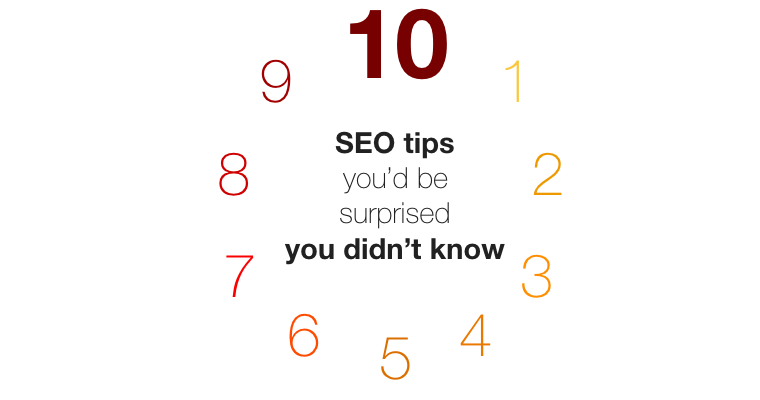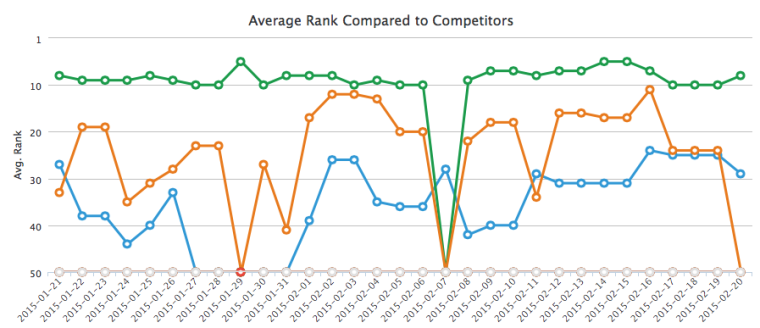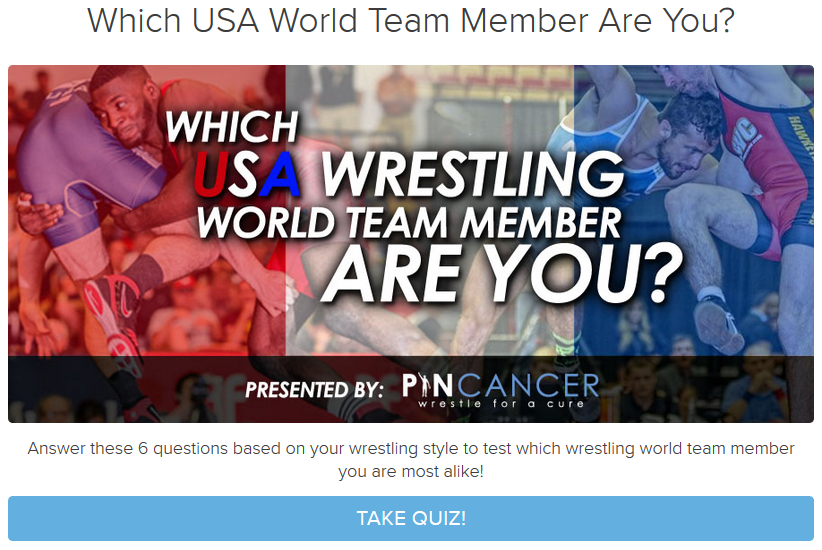
Whenever I set out to write something like this, I’m always hesitant because I know that someone (or multiple someones) will read this and know every single thing on the list already. I write it anyway because I think it’s always good to have a refresher. If you pick up even one new idea that you can put into practice, then I think it’s worthwhile.
When it comes to SEO, there’s obviously a lot of fluctuation in the industry, and not just from search engines like Google, but from the way people themselves search for and consume information. The tips below are a blend of analytics, organization, and productivity practices I find useful and seem to be the most frequently forgotten during chats with other marketers.
Create Keyword Groups to Better Leverage Your Data
When I say create keyword groups, I mean create lots of them. Here’s why: Keyword groups can be used to reflect things like products, features, marketing campaigns, audience segments, messaging, geographies, and more. Consider creating multiple types of groups (keywords can belong to more than one group) so you can compare products and features as well as messaging, campaigns, etc. Keyword groups are not only good for comparisons of your internal marketing efforts but also for monitoring and analyzing competitor movements as well.
Create Content Groups
I promise I’ll talk about something other than groups, but if you’re taking the time to create keyword groups, you should also look at grouping your content. One of the reasons I like to group content, in addition to keywords, is that it gives you a different angle on how your audience is finding and interacting with you. A few ways I group content to get the most insights are:
- Use the same groups you used to create keyword groups such as: products, features, campaigns, geographies, etc.
- Create groups of content by content type such as videos, white papers, case studies, blogs, etc.
- Create content groups based on user flow – for example, I might have one that is lead gen content, consideration content, etc.
This method allows me to make comparisons easily and to see how keyword groups and traffic are driven to my content.
Pay Attention to Top Keyword Activity
Top keyword activity is essentially the keyword, and corresponding content, that has changed in rank the most over the past few weeks. I keep an eye on both the top positive keyword activity and declining keyword activity for my content because it tells me not only when we’re hitting the right content and keyword combinations, but it also alerts me to shifts in audience needs and interests.
Keep an Eye on Top Keyword Activity for Your Competitors
Watching top keyword activity for competitors allows you to see not only which of your targeted keywords they are focusing on, but also the corresponding content they’re creating that is being served to your audience. This data may help inform future content creation decisions or improve existing content.
Pay Attention to Competitor Social Signals at The Content Level
Social signals are often a good indicator of what’s organically popular and relevant to your audience at the moment. While most people pay attention to their brand’s social signals, viewing your competitor’s social engagement is also important. By viewing a list of their content sorted by top performing social signals, you can see what your audience finds relevant for the same keywords you’re tracking and see where you might have gaps in your own site content.
Prioritize Your Recommendations
If you’re using an SEO and content platform that delivers recommendations, it’s possible that you’ll get a list of recommendations back that’s daunting and scattered. Prioritizing your recommendations will not only help you stay sane, it will also make sure that you focus on the most important items first. Whether you’re looking for a site-wide rankings boost, doling out simple tasks to other team members, or looking to focus on a specific group of content or keywords – you should be able to use your platform to sort and assign recommendations.
Start Your Day by Staying in the Loop
Depending on your level of experience and interaction with your organization’s SEO and content efforts – you may or may not dive directly into a platform first thing every morning. One thing I do to let me know just how quickly I need to log in, (can it wait til after I check emails or not?) and how deep I need to dive, is set up email alerts with some basic data that will give me an overall health check of my site and its content. A few things included in my daily notification list are: a traffic summary, top keyword activity, recommendations summary, and marketing channel performance overview.
Do Some Competitor Discovery
So you know about the competitors already in your market, and you’re probably doing some checking in on them. But what about the new brands that are starting to take traffic from you, or existing brands that may have shifted focus and are gaining your audience’s attention?
Keeping a regular eye out for who is starting to rank for your targeted keywords and looking at the corresponding content can help you catch and strategize against changes in traffic before you lose position and visits.
Polish up Older Content
One of the most frequently missed opportunities is reviewing your older content to see what could be polished up using new information, updated SEO practices, and current content to give it new life. Most of us have lots of potentially evergreen pages out there that could increase in rank with just a little time – often less time than creating entirely new content. We’re often focused on driving traffic to the latest campaign and features, so it’s easy to overlook or de-prioritize these supporting pages. Don’t overlook these opportunities already on your site – they can be great “bread and butter” places for your audiences to find you and may even open up new audiences with a bit of a refresh.
Annotate as You go
Adding new keywords? Annotate that. Make a bunch of changes to page structures or complete other recommendations? Annotate it. Your team just released a bunch of new content for a campaign? You got it – annotate! Why annotate, other than because I think it’s a fun word? Because it helps you tie actions to outcomes.
When you’re looking at rises and falls in ranks across groups of content and keywords, if you’ve been adding annotations to your analytics along the way as you complete tasks, you’ll have a much easier time figuring out cause and effect. Trust me, for every 20 seconds it takes you to annotate something, you’ll save 20 minutes trying to figure out why that spike in traffic happened.
When it comes to good SEO, it’s as much about managing your own process and priorities as it is about keeping up with Google’s changes, so hopefully some of these tips are fresh ideas to try or just good reminders of best practices.
Source – SearchEngineJournal.com
























